In honor of the British holiday Guy Fawkes Day earlier this week (Remember, remember the 5th of November!), I thought it would be appropriate to share something from across the pond. You may ask, with the Exploring grant focused on archival collections that document the natural history of the state of Minnesota, why would there be any materials related to the United Kingdom? The truth is, I don’t really know. But, I can venture a guess…
Amongst the 2,229 botanical images in the Department of Botany collection are 27 photographs of England. The photographs contain only hand-written captions of the location and subject description – no dates. The photos are of the Kew Royal Botanical Gardens in London, Rothamsted Experimental Station in Hertfordshire, and an agricultural college in the village of Wye in Kent circa 1902.
The Royal Botanic Gardens were founded in 1759, and to this day the organization maintains the world’s largest collection of living plants. In 2003, the Gardens were declared a UNESCO World Heritage Site.
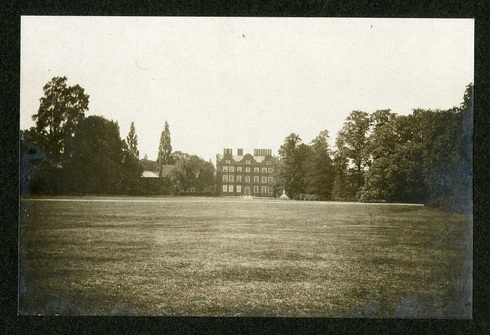
– Kew Palace
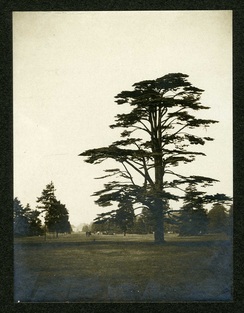
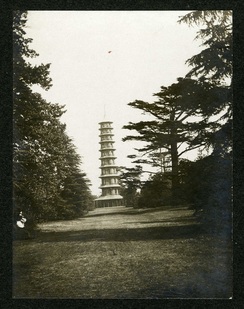
(l) Cedar of Lebanon
(r) Pagoda
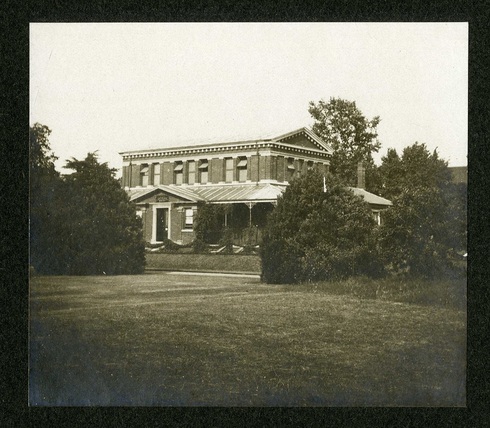
– Museum
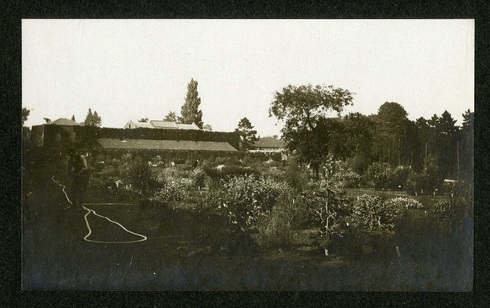
– Systemic beds
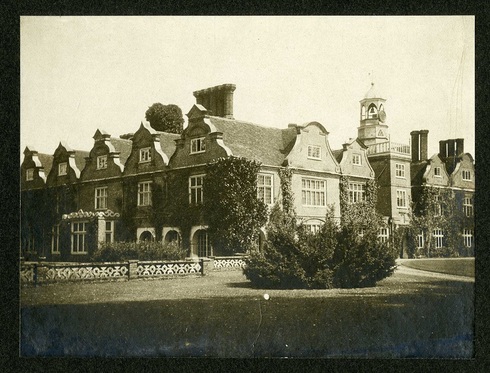
– Kew buildings
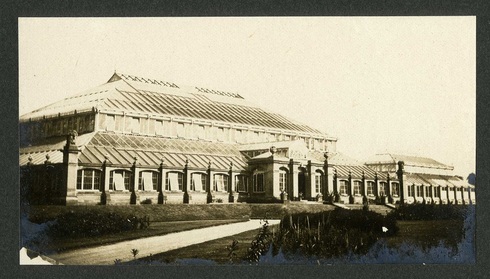
– Temperate house
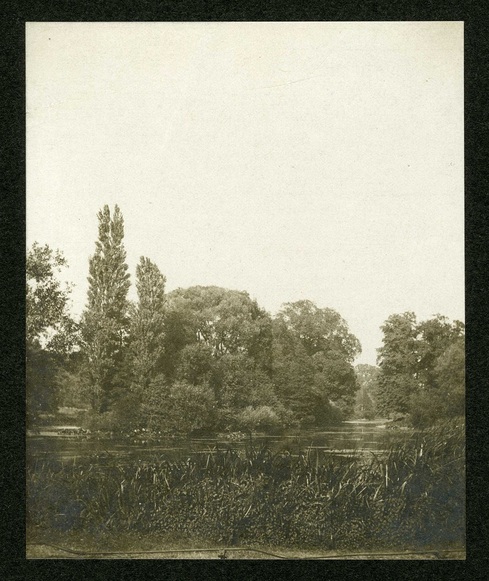
– Aquatic gardens
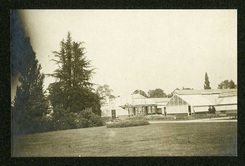
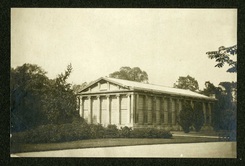
(l) Fern houses
(r) Plant house
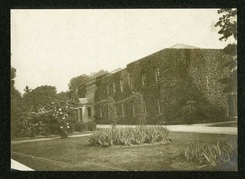
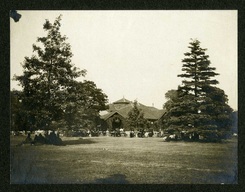
(l) Museum
(r) Tea House
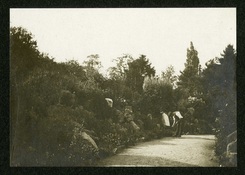
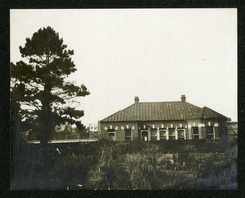
(l) Rockery
(r) Laboratory
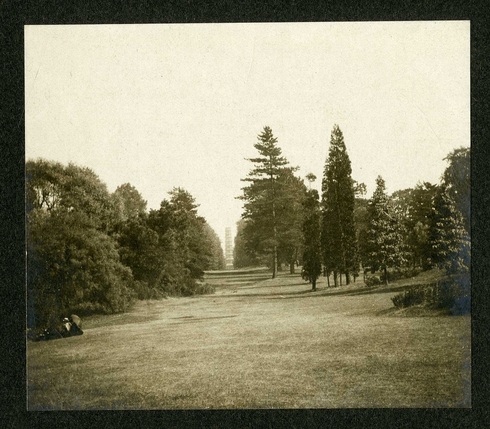
– Vista at Kew Gardens
The Rothamsted Experimental Station (known today as Rothamsted Research), located in Hertfordshire, was established in 1843 and is the oldest agricultural research institution in the world.
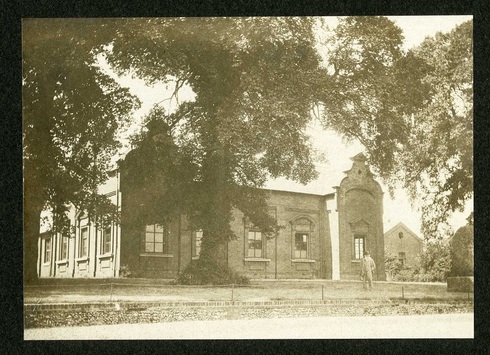
– Rothamsted Laboratory with Sir Henry Gilbert
In 1898, The College of St. Gregory and St. Martin at Wye, which was established in 1447 as a theological college, became a school of agriculture of the University of London. Situated in Wye, a village in Kent approximately 60 miles east of London, the college campus included greenhouses and plant laboratories where students studied agriculture and biology. The college closed in 2009.
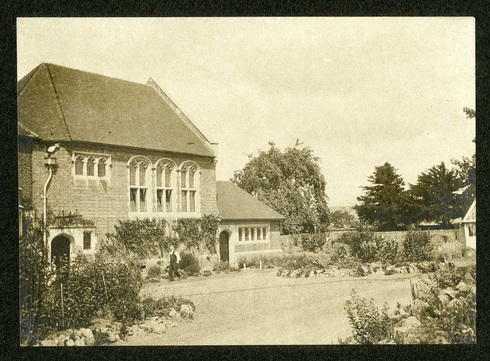
– Wye English Garden, Agricultural College
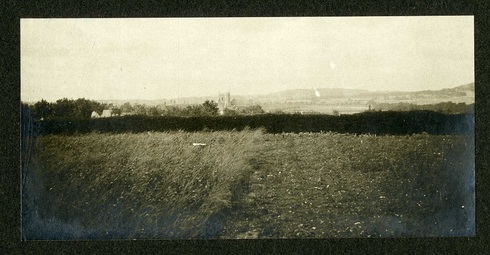
– Village of Wye
The presence of these images of Kew, Rothamsted, and Wye in the Department of Botany image collection could be attributed to Edward M. Freeman, a botany instructor at the University of Minnesota who studied at Cambridge University from 1901-1902. Freeman, who studied botany as an undergraduate and graduate student under the first chair of the Department of Botany, Conway MacMillan, was appointed to replace Francis Ramaley, Instructor of Pharmaceutical Botany and Pharmacognosy, after Ramaley resigned in 1898.
Freeman took an early interest in understanding and controlling plant diseases and went to Cambridge in 1901 to study plant parasite-host relationships in the laboratory of Professor Harry Marshall Ward, a pre-eminent botanist and plant pathologist who at the time was well known for studying the rust disease present in the coffee plantations in Ceylon (present day Sri Lanka).
While working with with brown rusts of bromes and studying host specialization in parasitic fungi in Ward’s laboratory, Freeman gained an interest in Lolium (Darnel ryegrass) fungus, which became the subject of his doctoral dissertation titled, “Seed Fungus of Lolium Temulentum, the Darnel.” Freeman’s dissertation was later published in the Philosophical Transactions of the Royal Society.
The Minnesota Alumni Weekly, Vol. II, No. 28 from April 6, 1903 explained the prestige that being published by the Royal Society garnered:
“The acceptance of a scientific article to be printed in the Philosophical Transactions of the Society is about as great an honor as can fall to any young scientific man; nothing but strictly original investigations receive consideration; and when it is considered that two or three German investigators and a French botanist have tried and failed to figure out the life history of the plant Minnesota may will feel honored through her representative in botanical science.”
Did Freeman visit Kew and Wye during his studies at Cambridge? An agricultural college and acres of lavish royal gardens would certainly be of interest to a budding botanist from Minnesota. Did he have these photographs taken for him to bring back to the University of Minnesota? We’ll just have to keep processing and digitizing, and hopefully some record will be uncovered that confirms the speculation regarding the presence of these photographs in the Department of Botany collection.
* More should be said about Freeman, as he was not just the guy suspected to be responsible for some random photos of England…
Following his study at Cambridge, Freeman returned to the University as Assistant Professor of Botany and also worked as an assistant for the Geological and Natural History Survey. He departed the University for the Bureau of Plant Industry in the Department of Agriculture in 1905 and for two years worked as a plant pathologist. In 1907 Freeman again returned to the University to head the Division of Vegetable Pathology and Botany in the College of Agriculture, the first department of plant pathology established in an American university. He became the Assistant Dean of the College of Agriculture in 1913, and the Dean of the College of Agriculture, Forestry, and Home Economics in 1917, serving in that role until he retired to emeritus status in 1943. The University Archives preserves the Edward M. Freeman papers, which document his groundbreaking research in plant diseases as well as his long and distinguished career at the University of Minnesota.